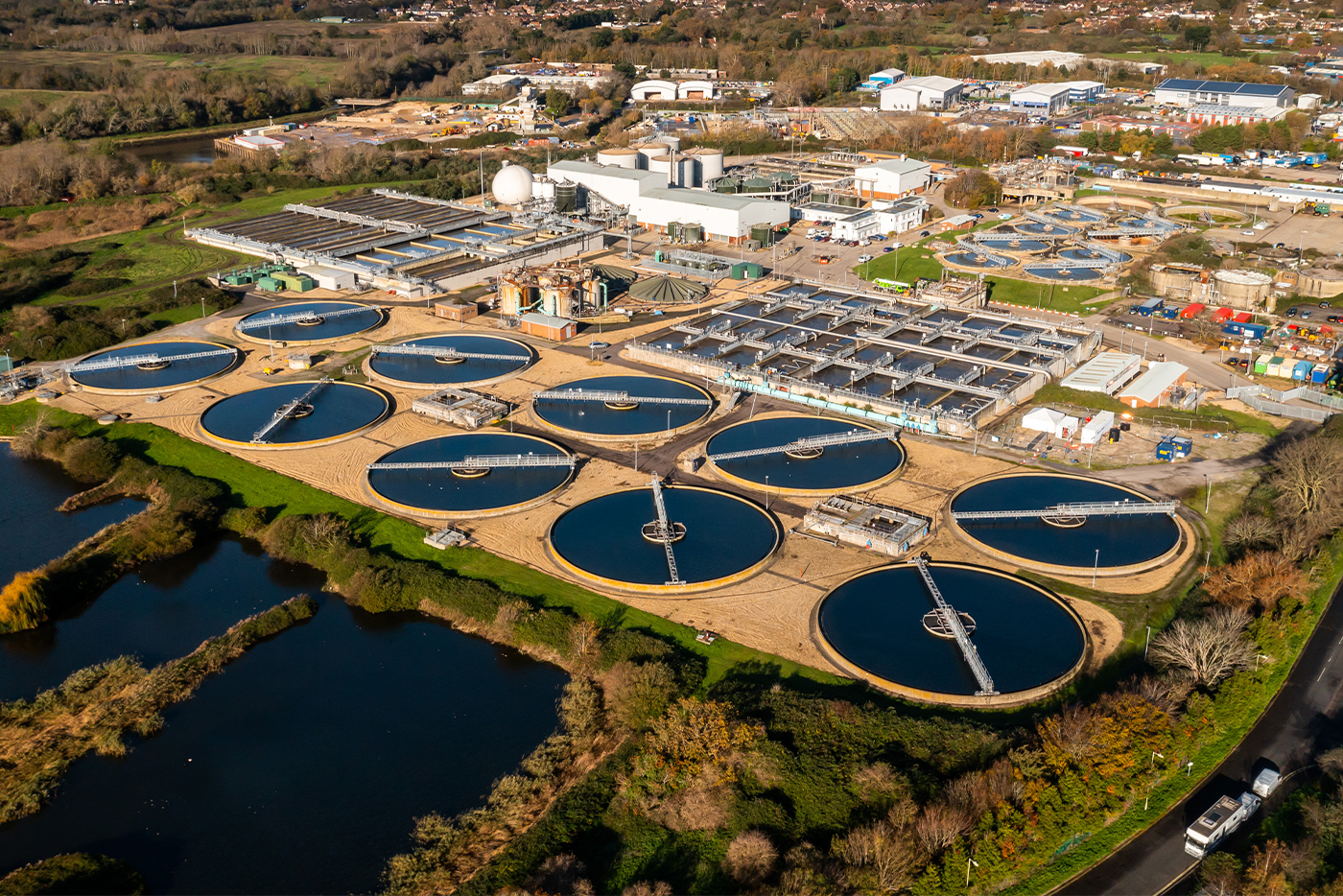Just like water across the country has its own distinct taste influenced by the geology of the local area, the water taken from the reservoir may taste different from existing supplies due to the change in source. The reservoir, while open to the environment (soil, plants, wildlife), may also influence a change in taste from existing supplies. This water will, of course, continue to meet strict drinking water quality standards and be wholesome to drink. We’re working with a range of international experts, our regulators and environmental organisations to develop our plans.
These proposals are separate from the current approved plans for Havant Thicket Reservoir. If they are to go ahead, they'll be subject to further engagement, consultation and planning consent. This is just one of the strategic solutions we're exploring to address water shortages in Hampshire.









